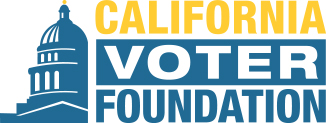Excerpts:
Voting by mail isn’t new in California. It’s been allowed for anyone who’s registered, and for any reason, since 1979, according to the California Voter Foundation.
But with fears that casting a ballot in-person could be risky this fall amid COVID-19, plus President Donald Trump’s misleading claims that mail-in voting “will lead to massive fraud and abuse,” there’s a spotlight on this decades-old practice.
California and many other states are getting ready for a surge of absentee voting. In May, Gov. Gavin Newsom ordered all counties to send mail-in ballots to all active registered voters in the state.
- - - - - - - - -
GOP groups filed a lawsuit to halt the order, saying it invites theft and cheating and that only the Legislature, not Newsom, has the power to change election laws. State lawmakers have proposed a similar law.

